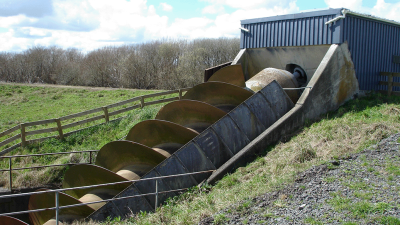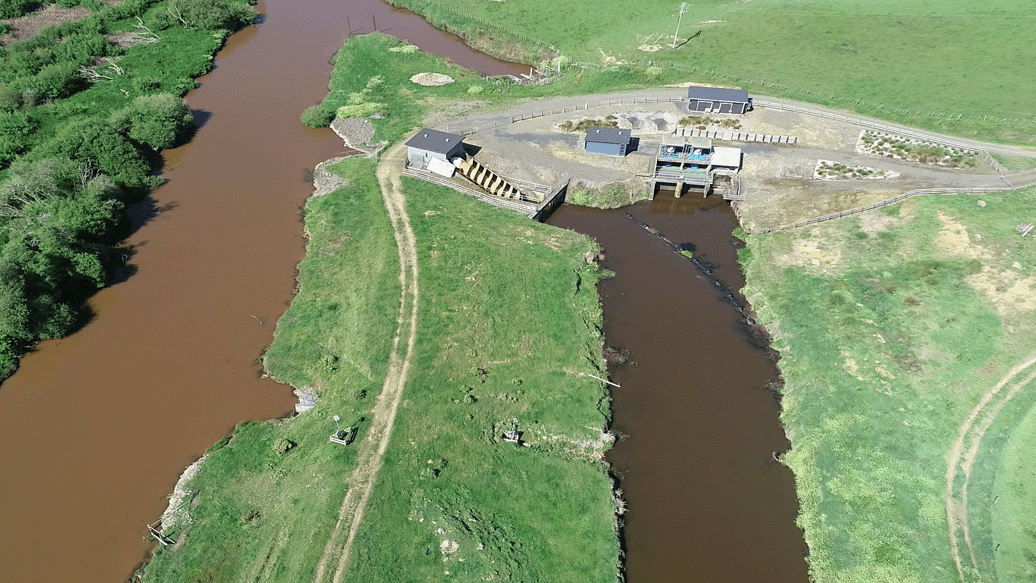Waikato Regional Council manages more than $1.12 billion of flood protection and land drainage assets for the region. Some of these assets are now coming to the end of their lives while others are degrading at a faster rate than we can afford to repair or replace them.
To address this, the council has developed the Sustainable Infrastructure Decision-making Framework, or SIDF for short, to enable it to make best practice decisions on long-term investments in critical flood protection and drainage assets in ways that balance the needs of our communities.
About the Sustainable Infrastructure Decision-making Framework (SIDF)
What is it?
The Sustainable Infrastructure Decision-making Framework, or SIDF, is a best practice process for guiding long term infrastructure investment and management actions for the benefit of the region.
It enables decisions to have a greater evidence base, be more objective and holistic, capture and account for more-clearly articulated community values and provide clarity on outcomes and greater certainty for investment.

Archimedes screw flood pump.
Why do we need it?
The council currently manages 468 floodgates, 116 pump stations, 554 kilometres of embankments and 465 river management and catchment management assets, including dams, bridges, culverts, fences and more.
It’s a costly business. Over the next 50 years, the council expects to invest over $1 billion in flood management and land drainage infrastructure. A further $1.87 billion is expected to be spent on non-capital related costs, including ongoing operating and maintenance, and depreciation.
So simply replacing or repairing existing assets, as we have done in the past, may no longer be economically sustainable, affordable or workable, as it needs to consider a wider range of inputs and the future state of the catchment delivered by the investment. As a result, a more innovative approach is needed to ensure we can remain responsive to the needs of communities.
How will the framework be applied?
The SIDF will be used to evaluate various response strategies and their impacts using drafted Strategic Investment Objectives and a multi-criteria analysis that includes economic, social and environmental assessments, and te ao Māori perspectives.
This approach enables impacted parties, including iwi, communities and stakeholders, to influence the outcomes of the SIDF process. Additionally, it will assist the council in understanding the requirements for its successful implementation across the region with the expectation that the SIDF will form an important tool in developing our 50-year Infrastructure Strategy and investment programme.
What are Strategic Investment Objectives?
At the heart of the SIDF are a set of Strategic Investment Objectives that aim to clearly identify what we are trying to achieve for the region through our long-term infrastructure investments, taking into consideration a more balanced range of considerations than we have done before.
We have developed a set of objectives as placeholders in the draft framework:
- Flood protection and drainage services are provided in a cost effective and efficient way.
- Ecosystem services provided by land and water are maintained or improved.
- WRC makes investment decisions that reduce community vulnerability, risk and support adaptive responses.
- Remove barriers and enable initiatives to diversify economic activities.
These objectives will be tested with iwi, communities and stakeholders to ensure we’ve got it right.
Engagement with iwi, communities and stakeholders
We know that the investment decisions we make have long-term outcomes, including committing our communities to intergenerational investments.
That’s why robust testing of the SIDF as well as active involvement from communities and further development work alongside iwi and stakeholders is needed before the framework can be integrated into the council’s infrastructure planning processes.
As a starting point, the council will be working with communities in the Motukaraka Catchment to test the effectiveness of the framework before its wider rollout to the rest of the Waikato region.

